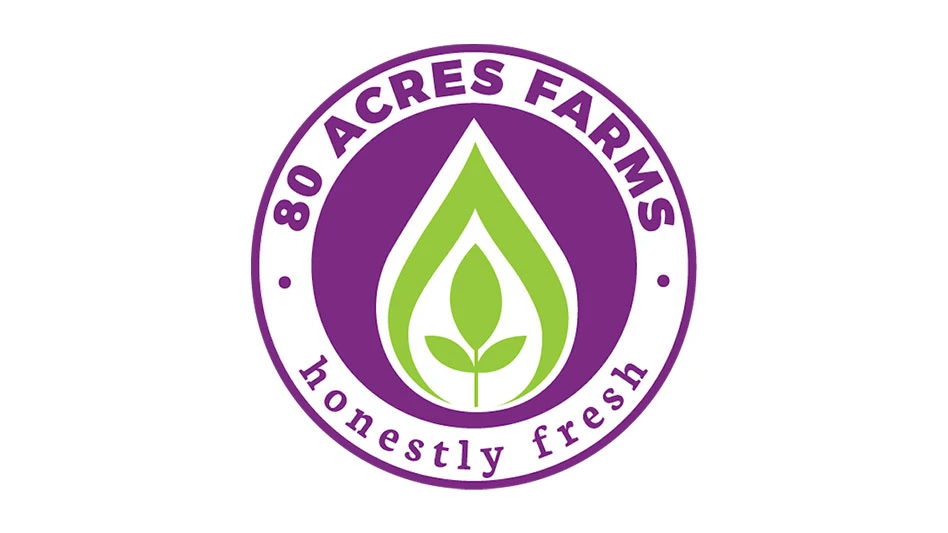
Texas AgriLife Extension
Winter Storm Uri, which blasted through the entire state of Texas, caused at least $600 million in agricultural losses, according to preliminary data from Texas A&M AgriLife Extension Service agricultural economists.
In addition to massive losses in citrus and vegetable crops, extended freezing temperatures killed or badly damaged landscape plants, shrubs and trees in nurseries, garden centers and greenhouses throughout the state. Texas A&M AgriLife Extension Service, in collaboration with the Texas Nursery and Landscape Association, developed and distributed a loss assessment survey to more than 4,000 nursery, greenhouse and other green industry-related businesses requesting input on the type and extent of losses encountered. It will be several weeks before there is sufficient data to provide an assessment of those losses.
“The green industry will experience increased labor, fertilizer and other costs as part of the price of replacing the plant material that was lost during the winter storm,” said Marco Palma, Ph.D., horticultural marketing expert in the Department of Agricultural Economics.
Palma said AgriLife Extension and TNLA are awaiting responses from their statewide-loss assessment survey before venturing an estimate of green industry losses.
“It will take some weeks before we get a full picture of the immediate losses, but they will easily be in the tens of millions and probably in the hundreds of millions of dollars,” he said.
Amy Graham, president and CEO of TNLA, said survey results will be helpful to estimate losses and identify potential assistance programs for stakeholders.
“The green industry has had severe damage, especially in some of the larger metropolitan areas such as Houston, Dallas, San Antonio and Austin,” she said. “We have a lot of nursery plant growers in East Texas and quite a few of them have reported total losses. In some cases, complete greenhouses collapsed. In other instances, plants died because there was no propane for heating greenhouses.”
Graham said while the green industry will be able to recover and provide replacements for some of these plants, there likely will be a shortage of landscaping trees for some years to come.
“Another consideration is that growers won’t be able to determine the extent of the damage, including root damage, to a large number of their plants until we get warmer weather,” she said.
The deadline to submit the loss assessment survey is March 12.
Latest from Produce Grower
- University of Evansville launches 'We Grow Aces!' to tackle food insecurity with anu, eko Solutions
- Lawsuit challenges new H-2 visa rules
- Q&A: Sandra Eskin Leads Food Safety Advocacy Organization, STOP, as CEO
- Find out what's in FMI's Power of Produce 2025 report
- The Growth Industry Episode 3: Across the Pond with Neville Stein
- Martin A. Makary Sworn in as FDA Commissioner
- PG CEA HERB Part 2: Analyzing basil nutrient disorders
- LettUs Grow, KG Systems partner on Advanced Aeroponics technology





